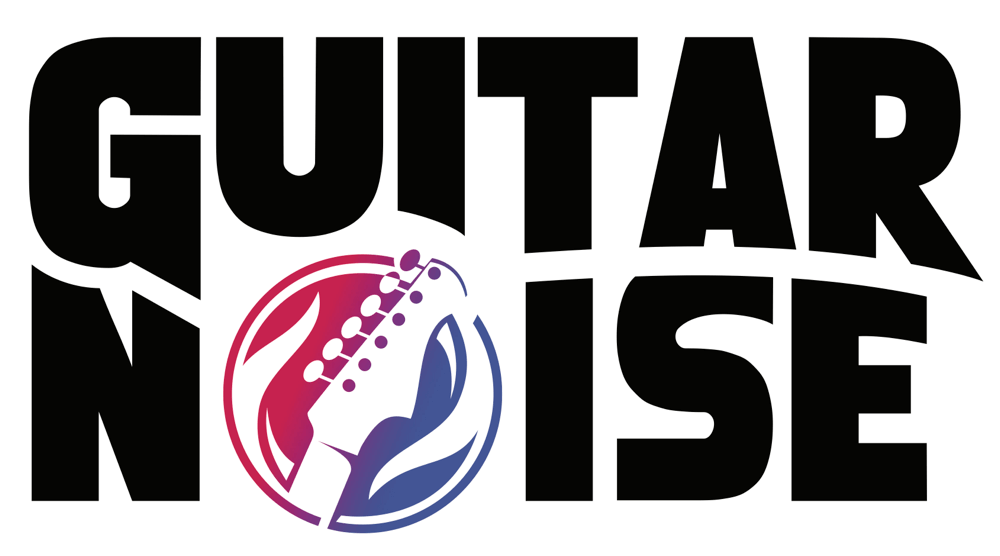Tip: Practicing Modes (Part 3)
We’re going to continue with our mode study in this issue. We’ve been looking specifically at how to convey the C Ionian or C major sound. So far, we’ve achieved that sound through arpeggios and chords. Let’s look at different ways of using scales to convey C major/C Ionian.
As usual, we work this out at position V, but remember to practice in all positions. Here’s your basic C Ionian sound in scale form.
Notice when you play this that the second time you hit a C note, it’s on the off beat. Generally, when you’re thinking in terms of modes, you want the root of the mode, C in this case, to be on the beat, not off it. You also want notes 3 and 5 of the mode on the beat, in this case E, and G. Putting the important notes of a mode on the beat ensures the mode’s mood doesn’t get diluted. But, because we’re so used to hearing the C major scale played straight up and down, we’re not fully hit with the mood. Toward restoring the mood of the C Ionian mode, try this alternative take on the scale:
The next time out, we’ll play through other ways of using a scale to produce the C Ionian sound.
Thanks for reading.
Copyright © 2010 Darrin Koltow
This first appeared in the Guitar Noise News – March 1, 2009 newsletter. Reprinted with permission.



Markus
May 23rd, 2010 @ 4:24 am
Usually, I mostly read Davids posts on beginners and intermediate songs. Now that he is struggling with the MPA, is start reading all the other articles too. And I must say, I love em too. Thanks all you guys for the great site.
shawnguess
May 22nd, 2010 @ 10:51 pm
im always amazed that people teach and talk about “the modes” without ever actually using them MODALLY or demonstrating how and why modes work. the essence of a mode is that it is an alternate center ( in shape and/or phrasing) to the derivative scale.
why not explain the above modally? explain that its using the relative minor scale shape to achieve the goal of putting the C on the beat is using the aeolian mode. then demonstrate that the phrasing determines whether the mode is being used only for its shape or for its alternate tonality.
otherwise, just say “here’s a different pattern for the C major scale”.
Guitar Noise Staff
May 22nd, 2010 @ 6:12 am
This lesson is actually a reprint from one that appeared in our newsletter. Since our newsletter is text-only it has always been impossible to include the standard notation.
But you raise an excellent point and it wouldn’t be that much work for me to include the standard notation as well as the tab from now on. Thanks for this important piece of feedback.
Melvin Williams
May 22nd, 2010 @ 4:22 am
As a guitar teacher, I’m amazed that someone could post a lesson on modes, and not include the actual standard notation with the tab.
One can’t study the modes without knowing the notes as well! A student needs more than just fingering to truly understand the significance of the modes and how to use them.
I’m mean how would you explain that the dorian mode starts on the second scale degree of a major scale and is also the minor mode with a raised 6th scale degree.